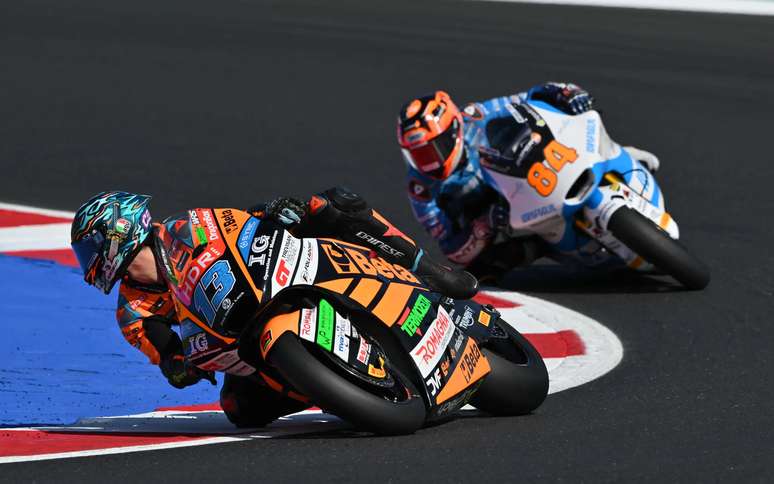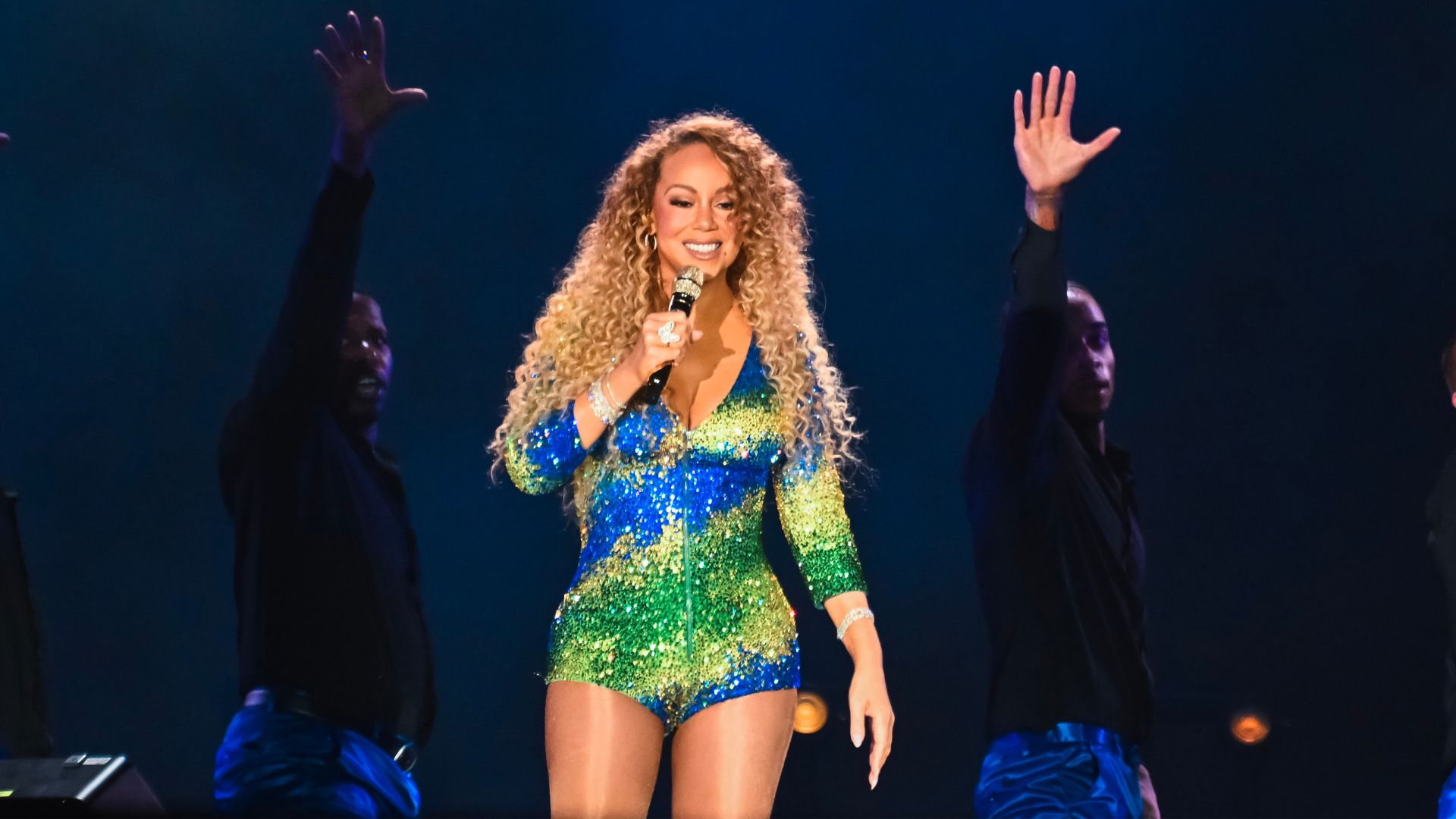During this week, the Ibovespa showed an increase of 1.12%, closing at 126,526.27 points. The period was characterized by the publication of important economic indicators, such as the PCE in the United States and the IPCA-15 in Brazil.
With the index closing the week on a positive note, the negative sequence of the previous three weeks was overcome, limiting the loss for the month to 1.23%. In the year, the Index B3 still accumulates a loss of 5.71%. In percentage terms, this Friday’s increase was the largest since April 8 (1.63%).
This week the Ibovespa has shown some fluctuations. According to Felipe Bazzo, CEO of Transferbank Brasil, on Monday (22), the index rose and followed the recovery of US stock markets, driven by the rise of Petrobras (PETR4).
On Tuesday (23rd), there was a scare, with the Ibov starting the day with a sharp decline, improving in the early afternoon, but closing with a decline of 0.34%, breaking a sequence of three increases.
On Wednesday (24th), the Ibovespa continued to fall, closing with a decline of 0.33%, maintaining the trend of the previous days. “On Thursday (25th) the Ibovespa also fell, reflecting the negative trend on Wall Street and the rise in the future rate curve”, informs Bazzo.
On the last working day of the week, local market optimism was strengthened by the release of favorable economic data: in Brazil, the IPCA-15 was lower than estimates, while in the United States, the PCE was in line with expectations .
“Fueled by the IPCA-15 below expectations for April, the stock market recorded a rise like it hasn’t seen in a long time. Inflation continues to perform well in Brazil, but there are somewhat mixed signals, with Roberto Campos Neto, president of the BC, having recently underlined that the adjustment movement of monetary policy will depend a lot, from now on, on data coming from abroad, especially in the United States”, says Felipe Moura, analyst at Finacap.
Biggest Ibovespa increases of the week
- Pão de Açúcar (PCAR3): +11.74%
- Yduq (YDUQ3): +10.98%
- Cogna (COGN3): +10.15%
During the week, GPA stock led the Ibovespa rise, with a gain of 11.74%, driven by a particularly positive trading session on Tuesday (23rd), with a rise of 12%. Investors create positions in anticipation of Casino’s possible exit.
Yduqs shares also performed strongly, rising 10.98% to R$15.57, following a positive move in the B3 education sector. A report from JPMorgan suggests that “the worst appears to be over” for companies in the sector.
Furthermore, Cogna shares rose 10.15% on the week, to R$2.17, driven by JP Morgan’s decision to increase the stock’s recommendation from neutral to buy, due to a significant improvement in the company’s cash flow . JP Morgan estimates that cash generation for Cogna will be 3.5 times greater in 2024, equal to R$240 million.
The biggest Ibovespa drops of the week
- Usiminas (USIM5): -20.62%
- Casas Bahia (BHIA3): -12.54%
- Luiza magazine (MGLU3): -7.14%
Usiminas shares were also put under pressure by investor disappointment with the quarterly financial statements for the first quarter of 2024, which saw net profit 34% lower than estimates.
In turn, Casas Bahia shares lost 12.54% during the week, closing on Friday at R$5.44. This negative performance was influenced by the increase in future interest rates in the first trading sessions of the week, which tends to penalize retail stocks, a sector more sensitive to economic cycles.
Another retailer that fell was Magazine Luiza, 7.14%, to R$1.43, following the sector trend.
According to Pedro Coutinho, capital market specialist and partner at The Hill Capital, the downward movement of Magalu – as well as other companies in the sector – is explained by a few factors. One of these is the realization of some cyclical assets, which are still affected by the less predictable interest rate scenario.
Furthermore, explains the expert, in the specific case of Magazine Luiza, the market hypothesizes that the retailer’s shares could exit the MSCI, an international index that brings together shares from all over the world, in the next rebalancing which will be published in mid-May.
What should investors pay attention to in the coming weeks?
According to Coutinho there is a prospect of recovery for the Brazilian stock exchange. “What is worth watching from now on is the issue of American rates and its consequences globally,” says the expert.
“I think a very important point is to know whether this 0.50% cut at the next Copom meeting will really have an effect, or whether we will have a slightly more conservative scenario of 0.25%. And we also need to keep an eye on what will happen you can say that about this decision,” adds Coutinho.
Additionally, investors should pay attention to major events that will affect the markets. In fact, on Labor Day, a series of important indicators will be released in the USA.
“Events such as the unemployment rate and manufacturer inflation in Brazil, the Chinese PMI and monetary policy decision, together with the US labor market data (ADP, Jolts and Payroll), will be the most anticipated and will be on the radar,” Costa emphasizes regarding the factors that can influence the dollar.
Why is Ibovespa going against the grain abroad in 2024?
In March, the Ibovespa accumulated a decline of 0.71%, in contrast to US stock markets, which renewed record closes throughout the month and recorded the largest quarterly increase since 2019. The dollar increased by 0.86% in March, to R$5.02. Find out below what explains the decline of the Brazilian stock market compared to abroad, as well as the risks and opportunities that this scenario generates.
As RB Capital Asset states in its March investor report, the month was characterized by “continuity of positive momentum for variable income assets overseas, given speculation that the Federal Reserve will be able to provide the soft landing expected by the market”.
In other words, the expectation that the United States will be able to make a gradual transition of its economy, moving from a cycle of monetary tightening to a cycle of easing, brings a positive trend to the stock markets.
On the other hand, the beginning of the cut American interest It was scheduled for March but in the end it didn’t happen. This postponement, therefore, contributed to an increase in the curve of future interest rates in Brazil.
“The delay in starting cuts in the United States, due to the strength of the American economy, contributed to the opening of interest rates both here in Brazil and abroad,” explains João Mamede, co-head of variable income at AZ Quest . “Uncertainty about the start of the decline in interest rates in the United States keeps foreign investors away from Brazil,” adds Isabel Lemos, head of variable income at Fator.
With flow drying, it is natural that the Ibovespa lose the strength seen at the end of last year. This exit of foreign investors is explained both by the uncertainty about interest rates in the United States and by the fiscal risk in Brazil.
Source: Terra
Rose James is a Gossipify movie and series reviewer known for her in-depth analysis and unique perspective on the latest releases. With a background in film studies, she provides engaging and informative reviews, and keeps readers up to date with industry trends and emerging talents.








